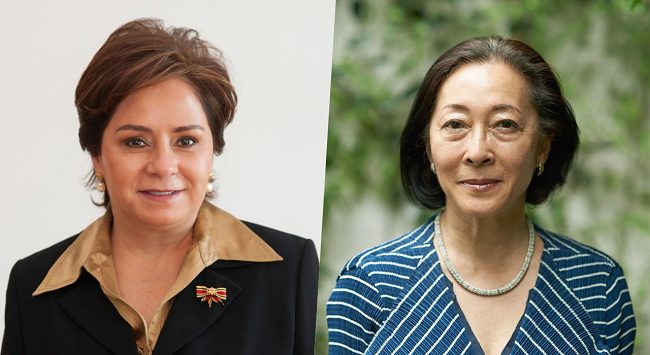A UN report published to mark the International Day for Disaster Risk Reduction on October 13, 2020 confirms how extreme weather events have come to dominate the disaster landscape in the 21st century.

The report, titled: “The Human Cost of Disasters 2000-2019”, registers a sharp increase of extreme weather events over the previous 20 years, with much of the difference explained by a rise in climate-related disasters.
Globally, there were around 6,700 climate-related disasters including severe floods and storms in the time-period 2000-2019 compared to 3,600 climate-related disasters compared to the time-frame 1980-1999.
Mami Mizutori, the UN Secretary-General’s Special Representative for Disaster Risk Reduction, said: “Good disaster risk governance depends on political leadership and delivery on the promises made when the Paris Agreement and the Sendai Framework for Disaster Risk Reduction were adopted five years ago.”
The report is also reminder to UN Member States of their commitment to strengthen disaster risk governance and to have national and local strategies for disaster risk reduction in place by 2020.
Patricia Espinoa, UN Climate Change Executive Secretary, cautioned: “While much progress has been made through the Paris Agreement, the Sendai Framework for Disaster Risk Reduction and the 2030 Agenda, the world is not moving quickly enough.”
UN Climate Change and UNDRR Step up Cooperation
All National Adaptation Plans developed under the Paris Agreement on climate list disaster risk reduction as a top priority. Similarly, National Strategies for Disaster Risk Reduction list climate change as a key concern for disaster risk management now and in the future.
The 2020 International Day for Disaster Risk Reduction was marked by a public online conversation between Espinosa and Mizutori.
The two UN Principals also signed a Memorandum of Understanding to promote coherence between disaster risk reduction and climate change adaptation in both National Adaptation Plans and National Strategies for Disaster Risk Reduction. The Sendai Framework for Disaster Risk Reduction, the global plan to reduce disaster losses, sets a target for member States to have national strategies for disaster risk reduction by the end of this year.
Ms. Mizutori said: “Coherence between climate change adaptation and disaster risk reduction is a defining issue for disaster risk governance in the 20th century. Adaptation to climate change is central to disaster risk management at national and local level. No country on earth is immune to the rise in climate-related disasters.”
“It is important that we have an integrated approach which recognizes the increasingly systemic nature of risk and how climate interacts with other drivers of risk including poverty, rapid urbanization, environmental degradation and land use,” she added.
“We are working together to help the world reduce disaster risk while avoiding the creation of new risk – and this means calling upon governments to step up their efforts to address climate change and help build resilience to it,” said Mr. Espinosa at the signing event.
The two organisations will work together closely with a range of least developed countries and small island developing states to ensure coherence and alignment in their respective areas of work.
This year’s International Day focused on disaster risk governance and encouraging a substantial increase in the number of national and local disaster risk reduction strategies.
